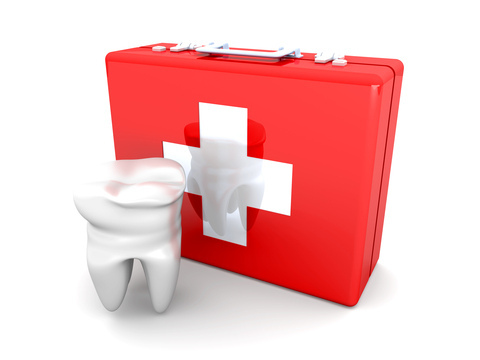March 26th, 2025

Now that you have braces, it is more important than ever to maintain good oral hygiene during your treatment, as Dr. Daniel Ma will tell you. While we trust you will continue brushing and flossing on a regular basis throughout your treatment at our office, you also have to mindful of what you eat. While all those sweet, sour, and sticky candies may taste great, these treats can actually damage your teeth and braces!
Sour candies can be acidic to your teeth, and actually wear down the enamel that protects them, resulting in tooth decay and cavities. If you do indulge in eating these candies at some point during your treatment, be sure to wash your mouth out with water, drink milk or eat a few slices of cheese. These foods will help neutralize the acid in your mouth.
Besides cavities and tooth decay, many people do not realize that good oral health and hygiene are important to your overall health, too; researchers have discovered the connection between periodontal disease and other major health concerns, such as heart disease. Therefore, it is important to maintain a good oral hygiene routine just as you did before your braces. This includes visiting your dentist here in Vancouver, BC every six months, brushing and flossing daily, and using an antibacterial mouthwash, as well as visiting Dr. Daniel Ma for your regular adjustment appointments.
For more questions about foods you should avoid while wearing braces, or if you have any general questions about your treatment, we encourage you to give us a call, ask us at your next adjustment appointment or ask us on Facebook!
March 19th, 2025

We hear this question a lot at our office, and we don’t mind when patients who are eager to complete their orthodontic treatment ask us. After all, we know there is no better feeling than getting your braces off!
During your initial consultation with Dr. Daniel Ma, we will map out a specific treatment for you and will try our hardest to give you a timeline of when we expect you to wrap up treatment.
Having said that, we know every patient is different. People have different biological responses to orthodontic treatment and some people’s teeth may move faster than others.
Luckily, there are things you can do to ensure your treatment wraps up in a timely manner. By following these suggestions, you can avoid any setbacks during your treatment.
- Make sure to keep your adjustment appointments. Postponing or cancelling will delay treatment!
- Be sure to show up on time to your appointments. This will give Dr. Daniel Ma and our team time to do everything we planned during your adjustment visit.
- When prescribed, make sure you are diligent about wearing rubber bands or other appliances.
- Avoid damage to your braces and teeth by wearing a mouth guard during sports activities.
- Make sure to brush and floss regularly! Gum disease or other dental work can delay orthodontic treatment.
If you remember to follow these guidelines, you’ll be on your way to having the dazzling, healthy smile you’ve always wanted. As for us, our team at our office will do our part to move your orthodontic treatment along efficiently. If you have any questions about your treatment time, please give us a call at our Vancouver, BC office or ask us during your next visit!
March 12th, 2025

Dr. Daniel Ma and our team hear this question a lot. Some of the common reasons for crooked teeth include:
- Thumb sucking
- Tongue thrusting or improper use of the tongue during speaking and swallowing
- Premature loss of baby teeth, which causes teeth to drift and shift
- Poor breathing airway caused by enlarged adenoids or tonsils
There are also hereditary factors we get from our parents, like:
- Extra teeth
- Large teeth
- Missing teeth
- Wide spaces between teeth
- Small jaws
Dr. Daniel Ma and our team know that having crooked teeth isn’t just a cosmetic issue; it can lead to serious health problems as well. Crooked teeth can:
- Interfere with proper chewing
- Make keeping teeth clean more of a challenge, increasing the risk of tooth decay, cavities, and gingivitis
- Strain the teeth, jaws, and muscles, increasing the risk of breaking a tooth
There are several treatment options we offer at our office that can help correct crooked teeth. Please give us a call at our convenient Vancouver, BC office to learn more or to schedule an initial consultation.
March 5th, 2025

At our office, we know orthodontic emergencies are neither convenient nor timely. If you are a patient of record, Dr. Daniel Ma and our team are more than willing to see you after hours or over the weekend. As a general rule, you should call our Vancouver, BC office when you experience severe pain or when you have a painful appliance problem that you can’t take care of yourself. We’ll be able to schedule an appointment to resolve the problem. If you have an orthodontic emergency after regular office hours, please give us a call and follow the emergency prompts to contact one of our doctors.





 Website Powered by Sesame 24-7™
Website Powered by Sesame 24-7™